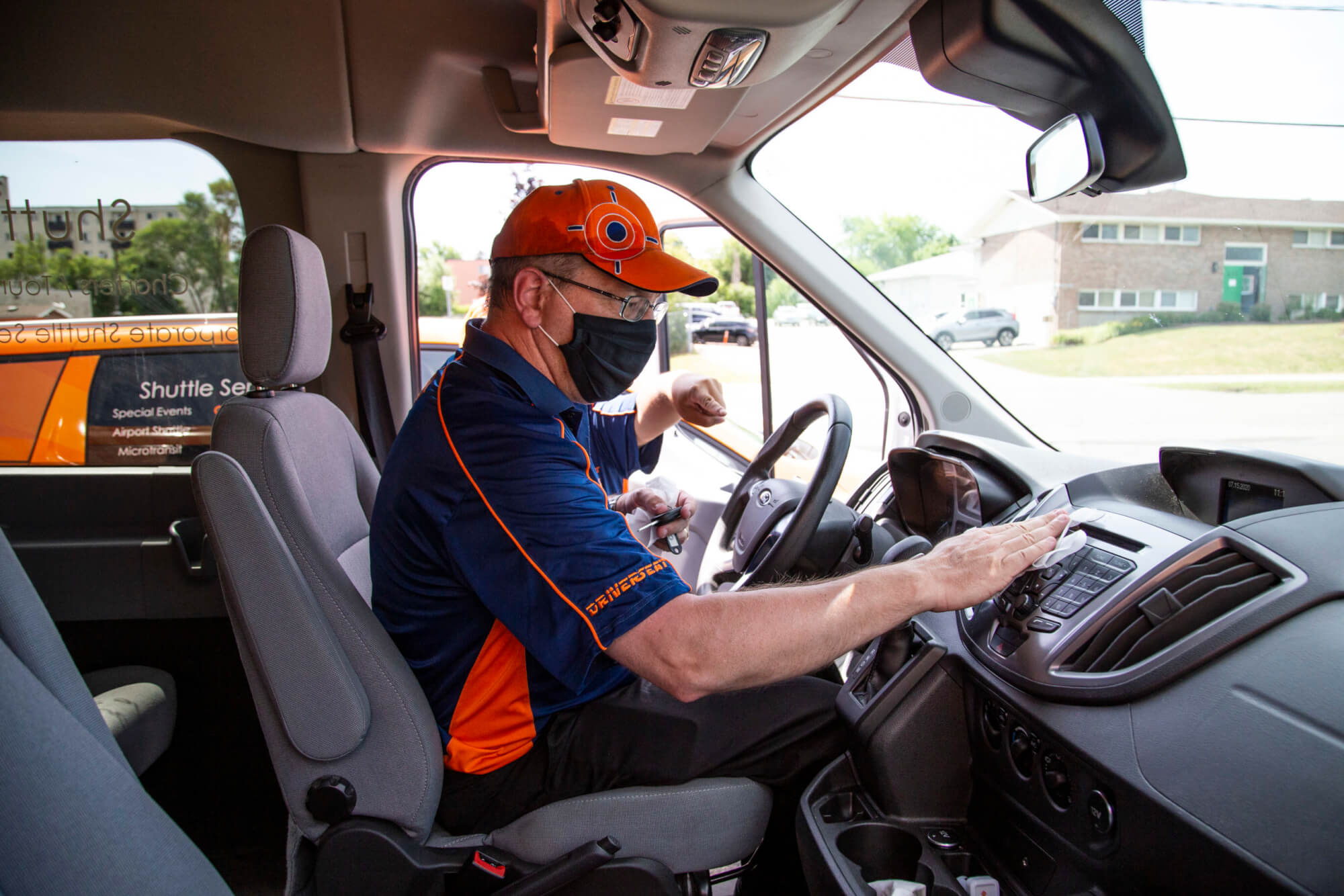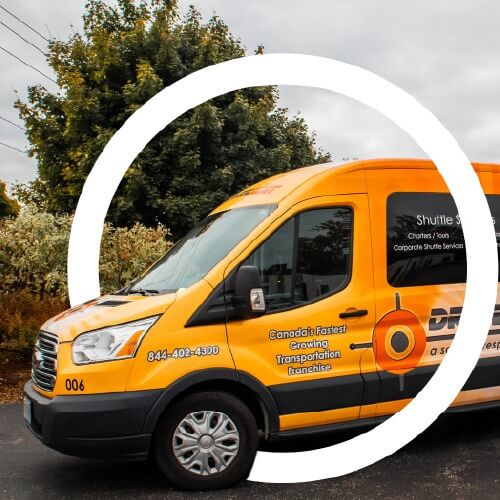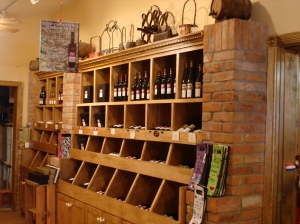Wine is “King” in Canada. Well, it isn’t yet but it is likely to become King if the current trends continue. Canada is known as a country that loves our beer. The funny video from Tim Hicks called “Stronger Beer” speaks to the differences between the U.S. and Canada but focuses on our love of beer.
https://www.youtube.com/watch?v=2E064kb3UnU
However, a recent article by the Huffington Post https://www.huffingtonpost.ca/2014/04/11/beer-wine-consumption-sales-canada_n_5133876.html summarizes the recent update by Statistics Canada that Canadians are buying less beer, and more wine.
In fact, Canadians now consume 17.4 litres per-capita which is up 4.3 litres when compared to the 2003 statistics. That is a significant increase. In the same period, beer dropped from 83.6 litres per-capita to 78.
When changes in societal behaviour occur, it is important to take a look at their impact on other areas. The first thing that surfaced when I read the article was the impact on social responsibility and how this could have an adverse effect on it.
Let’s look at the statistics:
From 2003 to 2013, per-captial alcohol increased moderately from 103 litres to 104.3 litres
Beer, which is usually at 5.0% alcohol, declined during that period.
Wine, which is usually at 12% or 13% alcohol, increased during that period.
As a result, we are not necessarily consuming more alcoholic beverages but we are definitely consuming far more alcohol. Are we responding responsibly or does that simply mean we have more legally intoxicated people behind the wheel of their vehicles?
Educating the public that the alcohol they are choosing to consume now is more potent than what they may have consumed in the past is necessary. This has to be done by the alcohol industry and by those that work in the service sector. In a comment on the electronic portion of the HuffPost article, one reader says “… Plus a bottle of wine between two people with a meal … you can drive home.” This is not true. I personally would not drink a half bottle of wine and then get behind the wheel of a car and while there are many factors that impact this, as a general rule that is too much alcohol to consume and then drive.
When my partner and I started our service business that includes Designated Driving, we had an interesting conversation with a restaurant manager who thought he didn’t need to have our service available because his customers weren’t “beer pounding young guys”. We spent some time with him and he is now fully aware that his high end restaurant is exactly the place for our business to support given the amount of wine he sells.
With wine consumption on the rise, and the percentage of alcohol 2.5 times higher than what exists in most beer based beverages, it is key that everyone is more aware than ever of the impact of consuming higher alcohol content beverages.
Brian Bazely is co-founder of Driverseat Inc., a personal transportation company.






